
Indoor Citrus Tree Care: Learn How to Grow Citrus in the Home
Indoor Citrus Trees Can Be Successfully Grown Indoors
Learn more about indoor citrus tree care. Citrus fruits are a delicious, versatile, and fresh commodity to everyday vegan living. They can be easily incorporated in any meal of the day in every season, make refreshing beverages and garnishes, condiments, salad dressings, cocktails, homemade gifts, detox recipes, balms, facial cleansers, and even have a variety of uses for biodegradable household cleaning.
Due to their high content of vitamin C and pectin, a diet rich in citrus can lower the risk for high blood pressure, kidney stones, stomach cancer, and scurvy. Growing citrus indoors will allow you to acquire all of these benefits with the added bonus of ensuring the fruit is organic, natural, and beneficial to the environment. Filling your home with the invigorating fragrance of citrus is also a great way to reduce stress and alleviate anxiety.
Citrus Basics
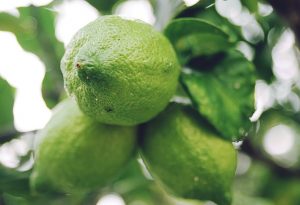 For thousands of years, citrus fruit has been cultivated and used for their nutritional, aesthetic and astringent properties. There were originally four species in the citrus genus that have been hybridized into commercial fruits like the sweet orange, lemon, and rangpur. New wild citrus species are still being uncovered, and one of the most recent finds is the mangshan mandarin. Citrus trees are usually moderately sized, ranging from 16-49 feet tall with spiny shoots. Growing citrus indoors are shrub-like and both the trees and plants produce heavily scented 2-4 centimeter white flowers that bloom up to four times per year.
For thousands of years, citrus fruit has been cultivated and used for their nutritional, aesthetic and astringent properties. There were originally four species in the citrus genus that have been hybridized into commercial fruits like the sweet orange, lemon, and rangpur. New wild citrus species are still being uncovered, and one of the most recent finds is the mangshan mandarin. Citrus trees are usually moderately sized, ranging from 16-49 feet tall with spiny shoots. Growing citrus indoors are shrub-like and both the trees and plants produce heavily scented 2-4 centimeter white flowers that bloom up to four times per year.
Types of Citrus Fruit
There are two major categories of citrus plants: natural species, and hybrids. The four original citrus plants produce the pomelo, citron, papeda, and mandarin orange; the various hybrids produce the lime, grapefruit, and orange. Under the latter category include: the key lime, persian lime, Kaffir, desert lime, seville orange, blood orange, and tangerine.
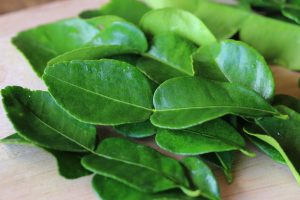
Facts About Favorites
The tangerine is considered to be a type of mandarin orange, but its genetics have not been thoroughly classified. This fruit has a thin, easily peeled skin and is reddish-orange in color. Ripe tangerines are considered one of the sweetest types of citrus fruit and they differ from clementines by their number of seeds. Clementines are also considered a type of mandarin orange, but they are seedless, more mild in flavor, and were discovered in the continent of Africa as opposed to Asia.
Lemons, which are native to Asia like their mandarin cousins, are reported to be the genetic hybrid between the bitter orange and citron. There are various kinds of lemon, however, the most popular types are the thin-skinned meyer—which is actually a cross between a lemon and either an orange or a mandarin; and the large, thick-skinned ponderosa lemon, which is often used to make summer lemonade. Meyer lemons are more tolerant of frost and can mature into a yellow-orange color, making them easier to grow indoors.
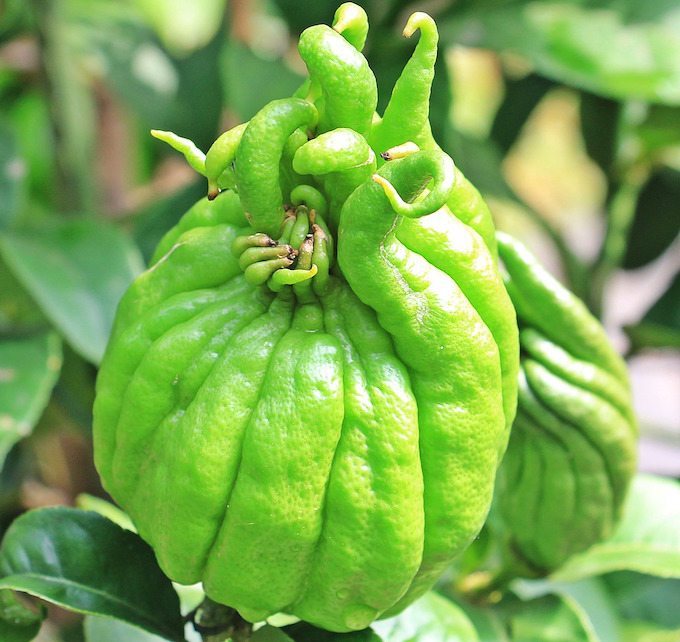
Uncommon Citrus Varieties
Some unusual types of citrus that you may not be familiar with include the citron and pomelo (which are two out of the four natural citrus plants) as well as the Buddha’s Hand and kumquat. The citron has the appearance of a large, bumpy lemon with a thick rind and dry pulp. It is utilized most notably in succade, or candied fruit peel. The pomelo, native to Southeast Asia, is large, pale green to yellow when ripe and contains sweet red, pink, or white flesh. It is basically a mild, sweet grapefruit. The Buddha’s Hand is the strangest looking citrus fruit with small amounts of pulp and the kumquat is about the size of a large olive. There are several varieties of kumquat species, all which feature slightly different shapes. Newer hybrids of kumquat include the calamondin, citrangequat, limequat, orangequat, proclimequat, sunquat, and yuzuquat.
Growing Citrus Indoors
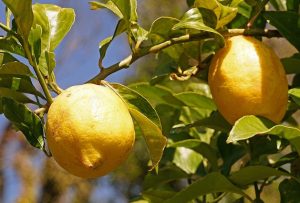 There are, of course, two ways of growing your citrus plant: outdoors or indoors. In order to decide which way is right for you, first consider the seasons and temperature of the region that you live in. Outdoor temperatures must be above 50 degrees Fahrenheit with relatively mild wind, bright sunlight and soil should be well-drained with a pH range of 6.0 to 7.5. Citrus plants require a humidity level between 45 to 50%, which is easily accomplished with a humidifier if you decide to plant indoors.
There are, of course, two ways of growing your citrus plant: outdoors or indoors. In order to decide which way is right for you, first consider the seasons and temperature of the region that you live in. Outdoor temperatures must be above 50 degrees Fahrenheit with relatively mild wind, bright sunlight and soil should be well-drained with a pH range of 6.0 to 7.5. Citrus plants require a humidity level between 45 to 50%, which is easily accomplished with a humidifier if you decide to plant indoors.
For those who live in climates where frost and freezing is a possibility, it is best to grow your plant in a container with drainage holes in order to shelter it indoors for the winter. If you don’t have enough space (6 to 8 feet circumference from walls, paved surfaces, or septic systems) for growing a full-size citrus tree, or you are a first-time gardener and want to try something a bit easier, dwarf citrus varieties are the perfect decision.
How To Grow Dwarf Citrus Indoors
Begin by looking for seeds from reputable nurseries. Great varieties for beginning indoor cultivators are the calamondin orange, improved meyer lemon, ponderosa lemon, eureka lemon, persian or bearss lime, eustis limequat, rangpur lime, otahette orange, and nippon orangequat. Find a container with adequate drainage and fill the dish with stones for air circulation. Use a potting soil specially formulated for growing citrus, and place your plant in an area with a steady temperature away from heating or cooling appliances. Feed and water your plant so that the soil is moist but not soaked; a little bit of mulch can be added to reduce evaporation, but too much is not recommended for citrus plants.
During the warmer months, feed your citrus plant with a fertilizer high in nitrogen every three weeks; during the colder months, reduce the frequency of feeding to half. Spend some extra time each month to clean your plant and look for any signs of nutrition deficiency, pests, and bacteria. Your dwarf citrus will grow 3 to 5 feet tall in a container and should have vibrant colors with open leaves. In general, oranges ripen and are ready to be harvested over a month and most limes and lemons ripen in six to nine months. With just a little bit of time and patience, you brighten your home and reap the benefits of growing an indoor citrus plant.


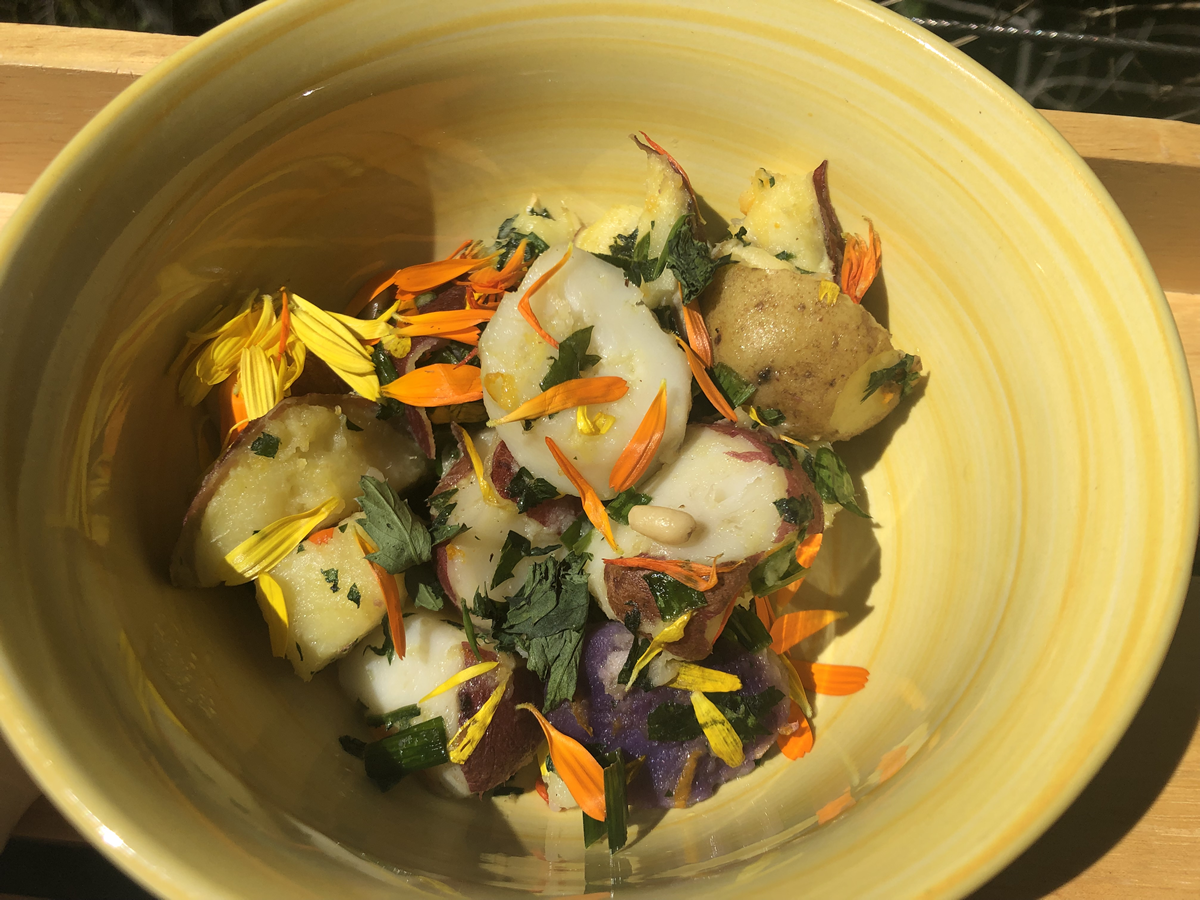

Add A Comment